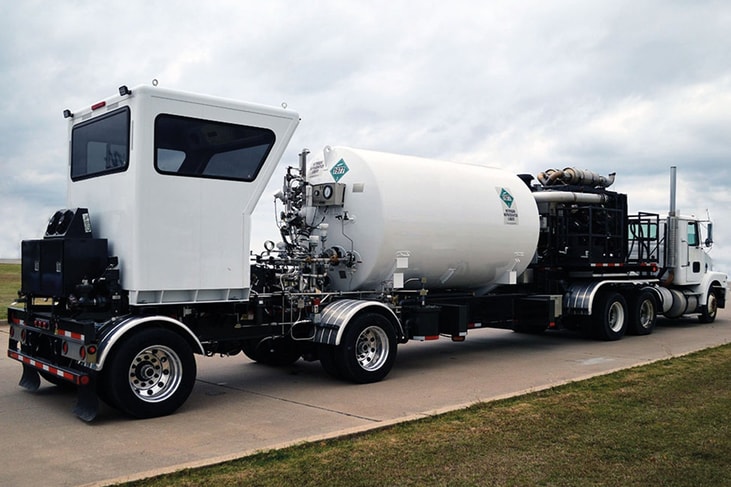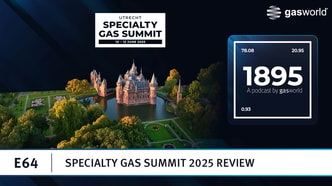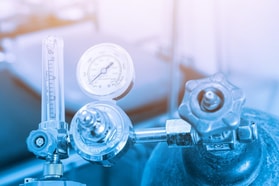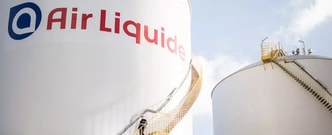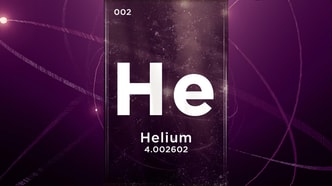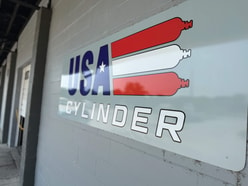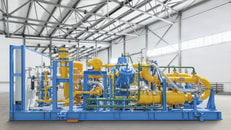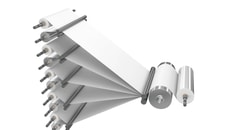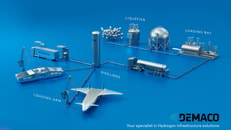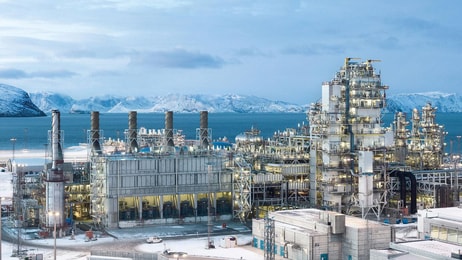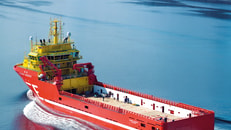Cryogenic hold times: What you need to know
The world of cryogenics can seem a little scary to some – we’re talking of liquids at frighteningly low temperatures and all of the issues that arise from that. For users new to cryogenics and transport of cryogenic liquids, one of the steepest learning curves is the understanding of hold times, and the physics behind these times.
The biggest difference between cryogenics (known in the regulations as refrigerated liquefied gases) and other liquids for transport, is the fact that cryogenic liquids have a time limit for their journey. The reason for this is that the products will not stabilise in the tank due to pressure in normal ambient temperatures, instead the product pressure will continue to rise and the liquid will expand. Therefore, to set a hold time, we have to first look at both the pressure and the volume.
A typical cryogenic tank is a double walled vacuum vessel with multi-layer insulation in the space between the walls. Primarily used for storage and transportation of liquefied gases, typically at temperatures down to -196ºC. This method of storage and transport allows for a relatively large volume of gas at relatively low pressure to be handled easily and safely.
... to continue reading you must be subscribed

